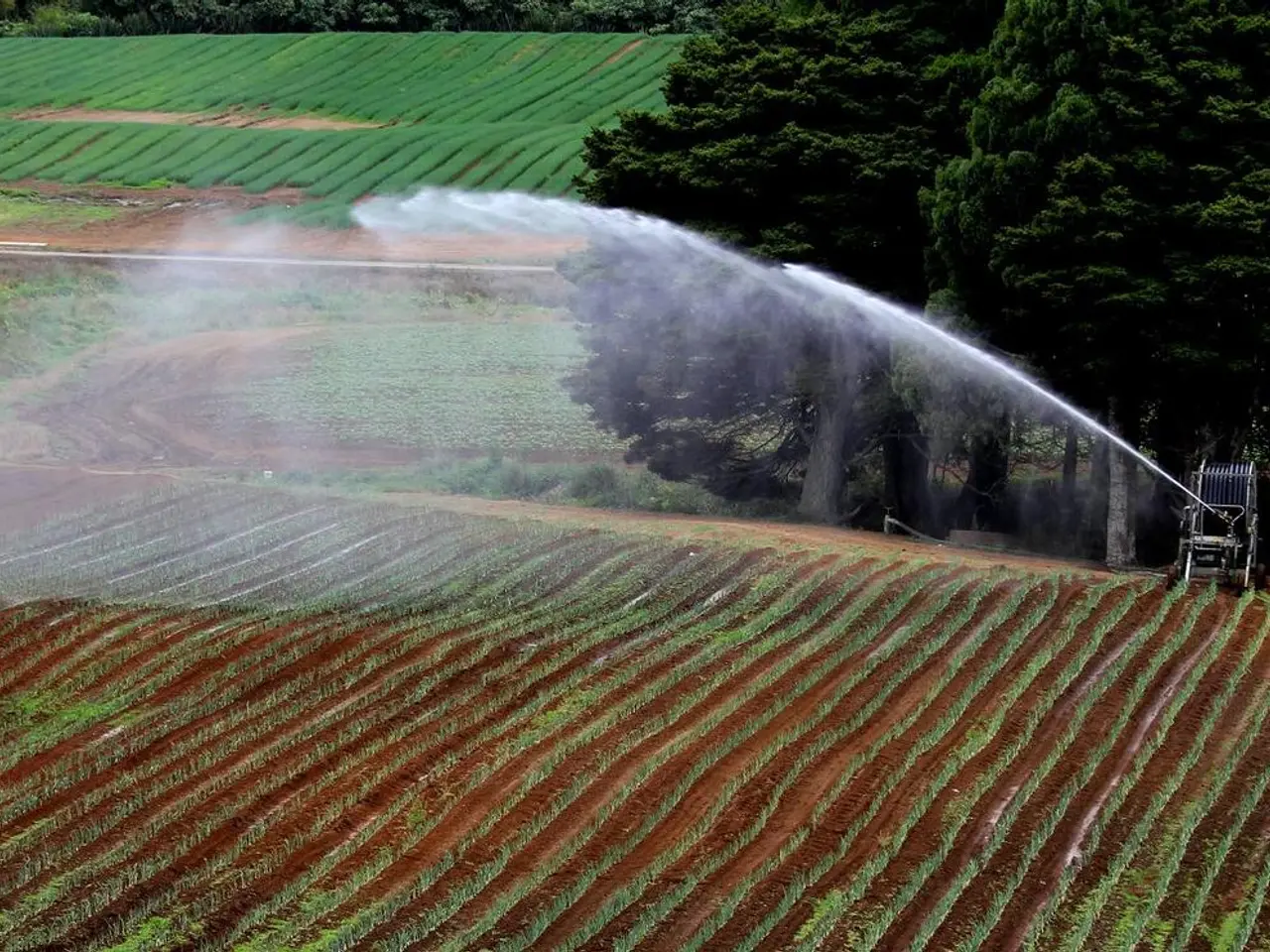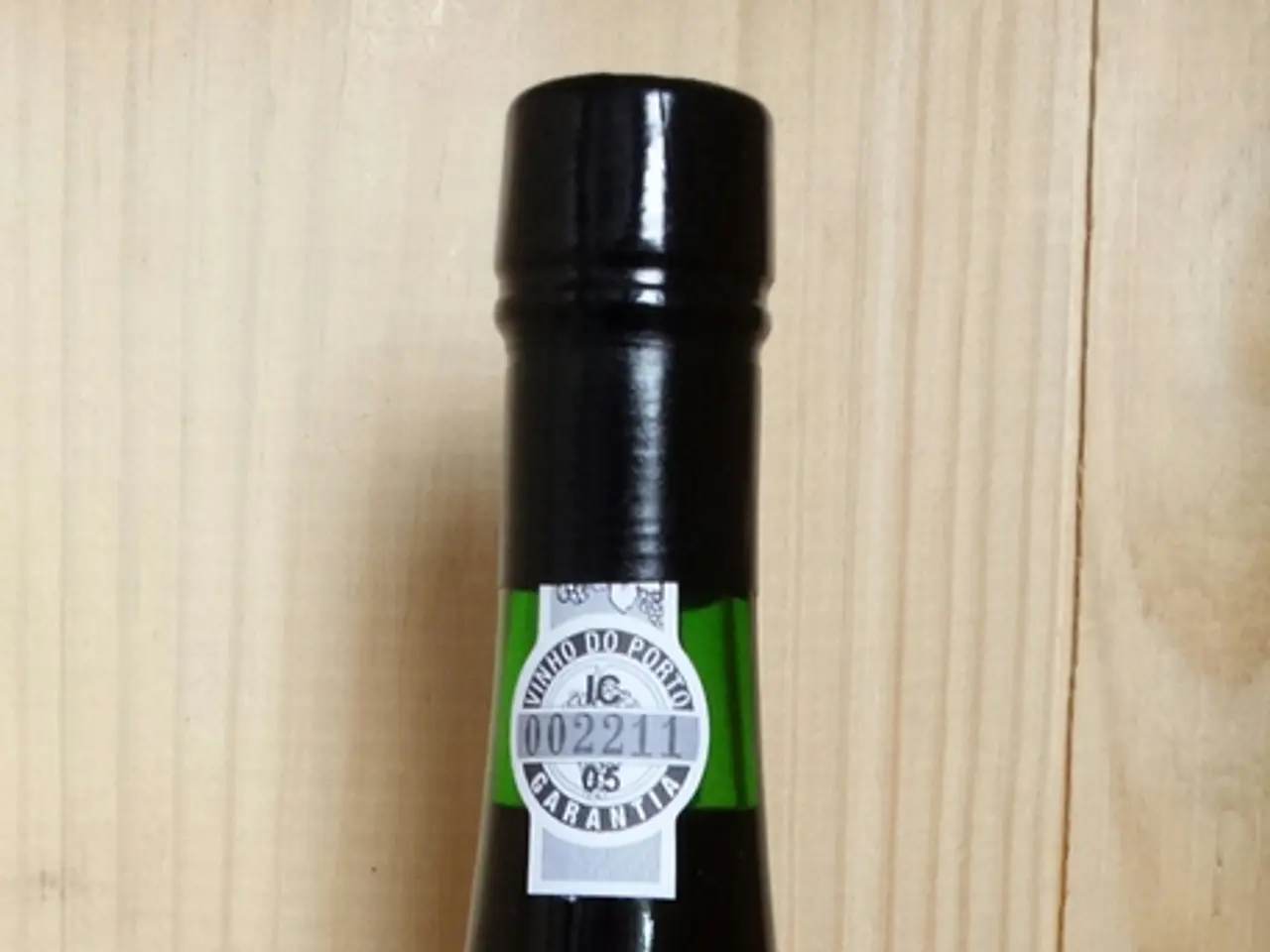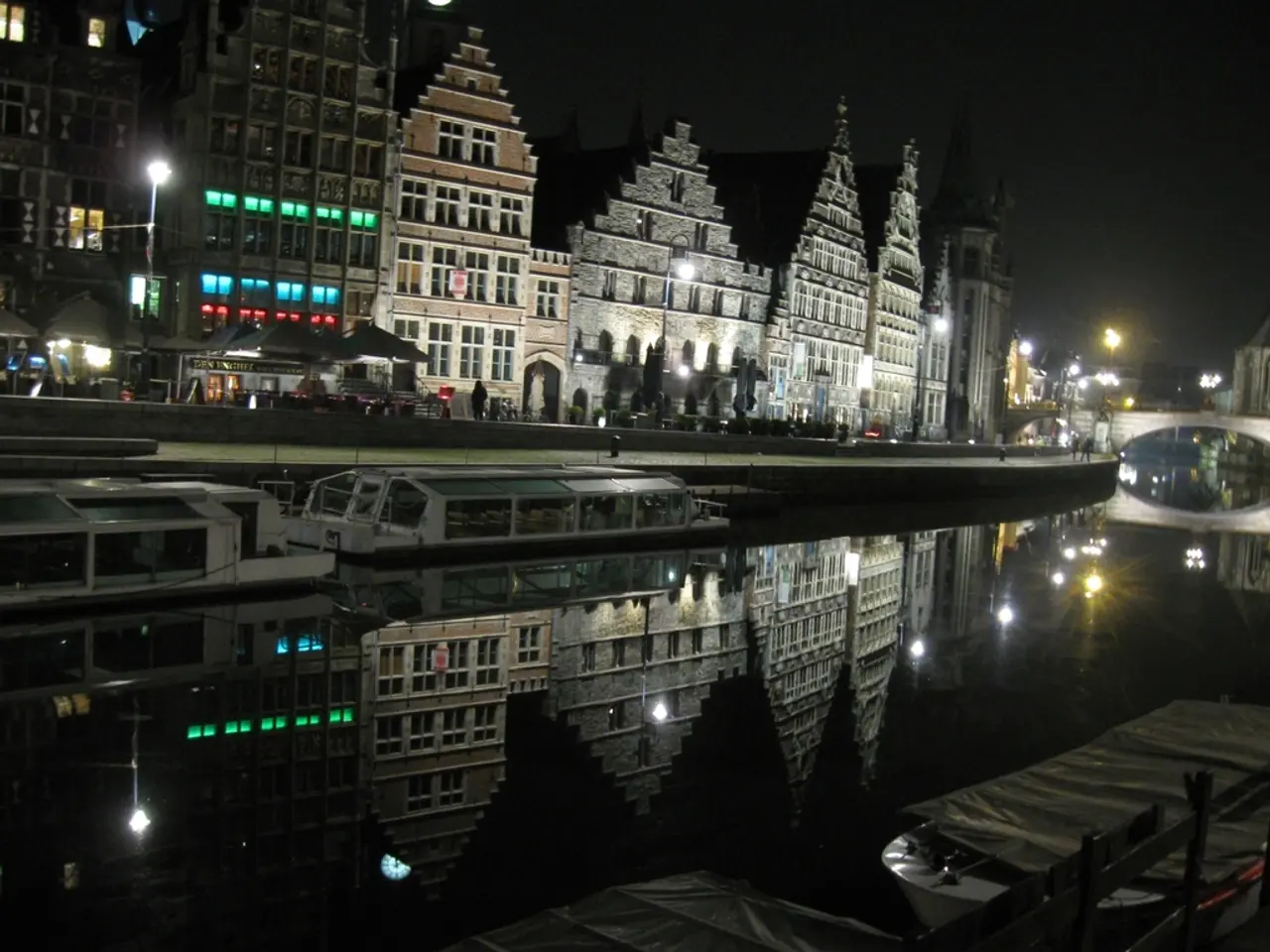Efficient Water Preservation Techniques in Permaculture, Detailed
In the realm of sustainable farming, permaculture has emerged as a pioneering method that aims to make farming strong and sustainable by mimicking nature. One of the key aspects of permaculture is water conservation, which is crucial, especially in dry areas.
Water audits are instrumental in finding ways to use less water in permaculture systems. Practitioners employ methods to soak water into the soil, creating systems that can survive with little water. In permaculture, earthworks like swales and contour plowing are key for water management and erosion control. These methods follow natural water flow, making water distribution efficient in dry areas.
Rainwater harvesting is a significant water conservation technique in permaculture. It involves collecting rainwater from roofs and storing it in tanks or ponds for use during dry periods. This minimises runoff and evaporation, making water available when needed. Techniques include installing rain barrels or cisterns at downspouts and using swales (shallow contour ditches) to slow surface water flow and help it seep into the soil.
Greywater recycling is another key water-saving method in permaculture. It uses water from sinks, showers, and laundry for plants, cutting down on fresh water use, especially in dry areas. By reusing household wastewater, fresh water consumption for irrigation can be reduced significantly.
Soil management for water retention is another essential aspect of permaculture. Mulching, or covering the soil with organic material, is a water-saving method that helps keep moisture in, cuts down on evaporation, and stops weeds. Drip irrigation, which delivers water efficiently to plants, also reduces water wastage by up to 50% compared to traditional watering methods.
In arid climates, mulching can cut down watering needs by up to two-thirds. Materials like wood chips, bark, and straw keep soil moist for up to two years. Keyline Design, a method from the 1940s, is used in permaculture. It uses landscape features to manage water flow and storage, including contour swales and microdams.
Bioswales and rain gardens are innovative water-saving methods in permaculture. They help filter and slow down rainwater, reducing surface runoff by as much as 70%. Choosing drought-resistant plants is key for permaculture success in dry climates. Native species and plants that love dry conditions are best for strong food forests and polyculture systems.
Using plants that hold water is another smart move in permaculture. Often, tough and local plants hold lots of water, reducing the need for watering. New irrigation systems, like drip systems, are coming to help keep permaculture alive in dry areas. Adding drought-resistant crops and using bioswales and rain gardens makes farming more resilient in dry areas.
Permaculture experts, like Brad Lancaster, have updated traditional water management techniques. They mix personal experience, traditional practices, and global research to create innovative solutions for water conservation in permaculture. By focusing on these practices and resources, you can effectively implement water conservation methods in your garden or farm, contributing to a more sustainable and water-wise future.
[1] Permaculture: The Basics [2] Gaia's Garden: A Guide to Home-Scale Permaculture [3] Case Studies on Half-Moon Technique [4] Urban Homesteading: Heirloom Skills for Sustainable Living
- In the context of permaculture, swales and contour plowing are earthworks used for effective water management and erosion control, following natural water flow in dry areas.
- Rainwater harvesting in permaculture involves collecting rainwater from roofs and storing it for use during dry periods, minimising runoff and evaporation.
- Greywater recycling is a water-saving method in permaculture that utilises household wastewater for plants, reducing fresh water consumption for irrigation.
- Mulching, as a water-saving method, helps keep moisture in the soil, cutting down on evaporation and weed growth, and can help reduce watering needs by up to two-thirds in arid climates.
- Bioswales and rain gardens are innovative water-saving methods in permaculture, helping to filter, slow down, and reduce surface runoff by as much as 70%.
- The use of drought-resistant plants, such as native species and plants that thrive in dry conditions, is vital for permaculture success in dry climates, supporting the growth of strong food forests and polyculture systems.
- Expert permaculture practitioners like Brad Lancaster blend personal experience, traditional practices, and global research to develop innovative solutions for water conservation, contributing to a more sustainable and water-wise lifestyle in gardens and farms.




